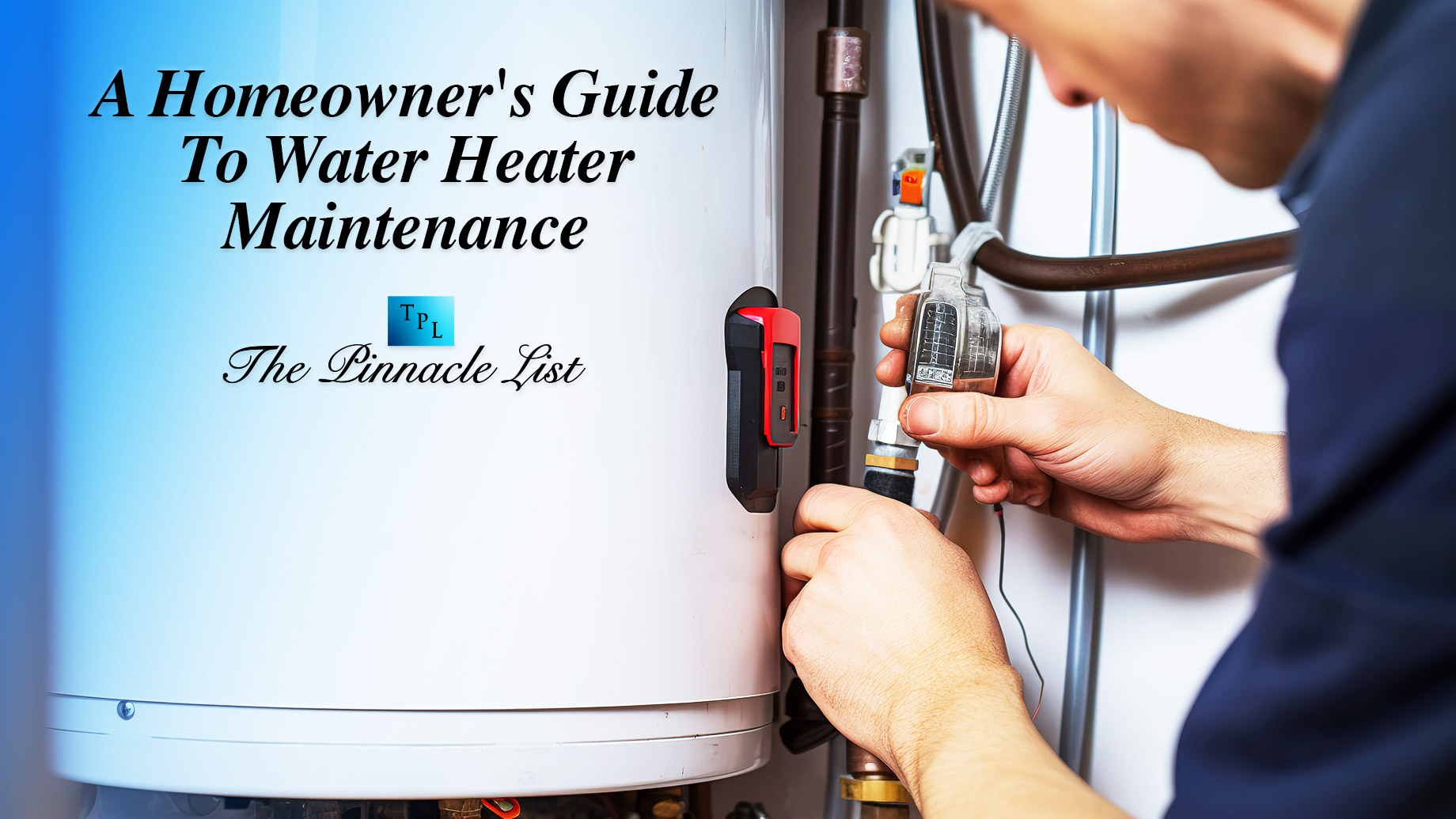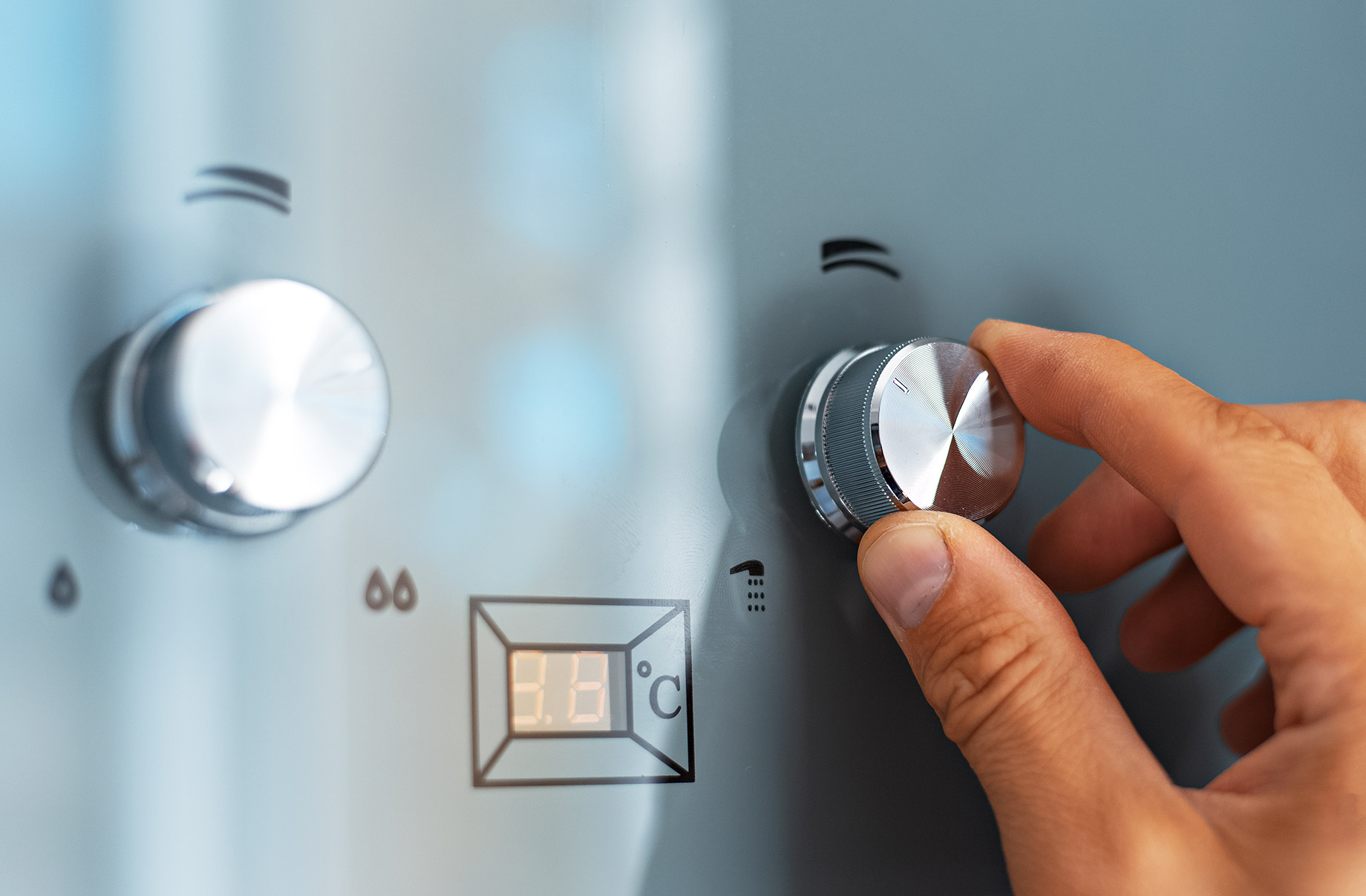
Modern-day residential plumbing is a marvel. It has made residential living in America more comfortable than ever. Nonetheless, although day by day more and more technologies are being introduced in the field of homeownership, one thing remains the same: one can’t live without a water heater.
Indeed, a water heater is important for comfortable living. Having a fully functional water heater means you and your loved ones have an on-demand water supply at desirable temperatures, depending on how you all want it. But you need to maintain your at-home water heater properly in order to reap the benefits of owning it.
Are you a new homeowner in Texas who wants to know more about water heater maintenance? This post is for you. The following points will cover various beginner-friendly insights that you can use to properly maintain your house’s water heater. Read on to learn more.
Know Information About Your Residential Water Heater
First thing’s first: before proceeding with the other residential water heater maintenance points below, you need to know that you need to familiarize yourself with your water heater.
To know more about your water heater, you can ask yourself the following questions. Do you have a tankless, gas, or electric water heater? What’s the manufacturing company and/or the model of your water heater? What are the specifications of your water heater? How old is your water heater? When was it checked by a professional plumber? Answering those questions will help you have a deeper understanding of your water heater and, consequently, how you’d proceed with its proper upkeep.
You can contact the realtor who’s sold you your house to find out information about your water heater.
Additionally, you can rummage through your belongings for the water heater’s manual. You can use the water heater’s guide to help you identify what type is it, what are its specifications, what are the guaranteed warranty coverage, and the like. Aside from that, many instruction manuals come with a section that details maintenance guides for homeowners. With that information, you can proceed with the upkeep of your at-home water heater like a professional water heater company in Lakeway, if you’re in Texas.
Check Your Water Heater’s Pressure Relief Valve From Time To Time
A crucial part of water heater maintenance is by keeping an eye on your unit’s pressure relief valve and making sure that it’s operating under favorable conditions. If your water heater’s pressure relief valve is experiencing strong pressure, it can lead to accidents.
To test your water heater pressure relief valve, do the following:
- First, place a bucket under the discharge pipe.
- Then, lift the valve’s tab to let some water out, then let it snap back.
- Next, watch for a burst of water into the bucket and listen for a faint hiss or air escaping.
If the valve doesn’t release water or seems stuck, you’re going to have to replace it. Don’t worry; this is a fairly easy task that you can do yourself or call a professional for help.
Flush Out The Content Of Your Water Heater’s Tank Yearly
Sediments and other debris can accumulate and cause a build-up inside the tank of your water heater. This can negatively impact your unit’s lifespan and performance by causing corrosion and poor heating performance. Thus, it’s recommended that you flush the tank’s contents annually. Follow the steps below to easily flush your water heater tank:
- First, make sure that the water heater is turned off.
- Next, connect a hose to the water heater tank’s drain valve.
- Then, place the other end of the hose in a spot where you can dispose of sediment and hot water.
- Lastly, turn on the drain valve and allow the tank to be emptied.
Check The Water Heater’s Anode Rod
Check your water heater’s anode rod once every three years. If you see any corrosion or rust, you need to have it replaced as soon as possible. If you live in an area with hard water, it’s recommended that you do the inspection more frequently.
To replace your rusted anode rod, you can check the water heater’s manufacturer site for a step-by-step guide. You can use the original user manual if you still have it.
Always Use The Right Temperature
To ensure maximum efficiency and performance, it’s recommended that you keep your water heater at no more than 120 °F. This is to ensure user safety and energy conservation. Setting your water heater at an ideal temperature (not too hot, not too cold) will prevent accidental scalding and improve electricity consumption.
Keep Your Ears Open For Unusual Noises
Be alert to sounds coming from your water heater. Popping or rumbling noises can indicate boiling water inside the tank, which means it’s overheating or struggling with sediment build-up. Addressing these noises promptly can prevent further damage.
Ask For Professional Help When Necessary
Even with diligent self-maintenance, it’s a wise move to have your water heater inspected by a professional plumber every few years. They can handle tasks that might be more complex, such as checking gas connections or ensuring that electrical components are functioning properly.
Conclusion

Dear homeowner, taking care of your water heater doesn’t have to be a source of headaches. By following the simple steps mentioned above, you can extend the life of your heater, save on energy costs, and ensure it runs safely and efficiently.